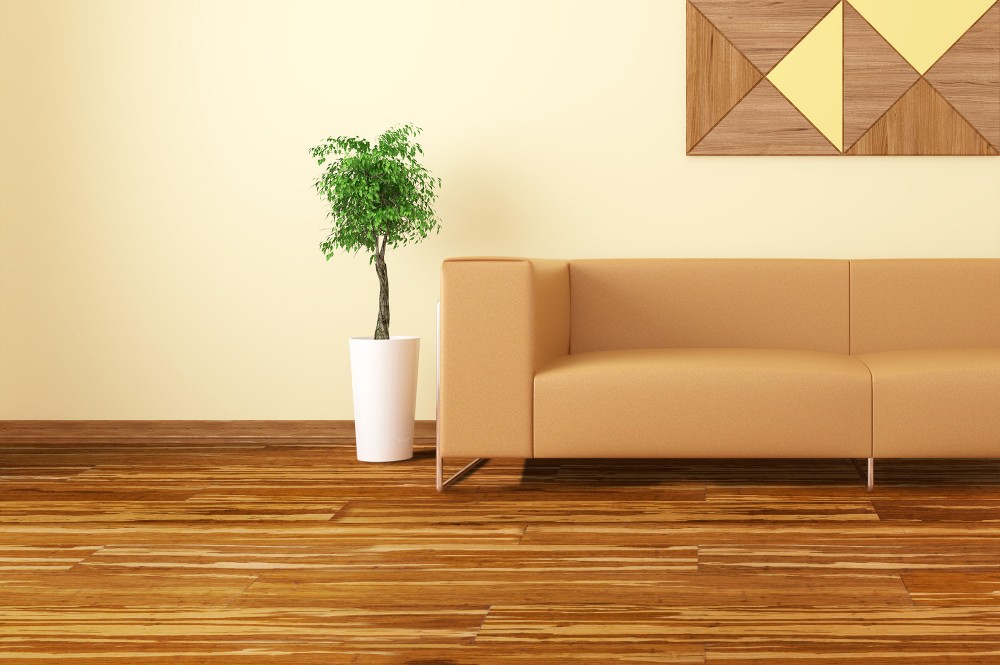Do You Know About Bamboo Flooring? How It is Made
There is another alternate material for flooring that has appeared in the market, which is bamboo flooring. It has now become a fashionable alternative to traditional timber. Ranking on top with Parquet Flooring, the market cannot but feel their relevance to home improvement campaigns and indeed the real estate industry. Bamboo flooring is an extremely durable material, environment friendly, which has been around for many years and was used by ancient Chinese civilisations many years ago
If you are interested to consider bamboo flooring for your home then you can find the supplier of this material from the directory of Flooring Domain.
Bamboo will surely be much more appealing to consumers because it is using natural, and renewable resources. It is different from trees that need a minimum of 20 years to get matured while bamboo stalks are repeatedly harvested after every 5 or 6 years.
Most of the commercial bamboo will come from plantation-like operations, which are farmed in a very responsible manner.
Bamboo floorings are made in 2 different ways as follows:
- Strand-woven
This is made after shredding the bamboo stalks, which are then compressed into sheets by using heat and also resin binders, then they are cut into planks for use as building materials.
You can find this form of flooring both as tongue-and-groove planks, which are nailed down, and also as planks that can float over the underlayment.
- Laminated
This is manufactured after cutting the strands and after making thin strips, they are then glued together and planks are formed. There are grains since the long fiber stalks are visible.
This type of bamboo may not be as hard as stranded bamboo but can have a striking appearance. You can get them in nail-down planks as well as floating floor planks.
Installation
Like most other hardwoods, you can also install bamboo flooring and you can hire an installer from the Flooring Domain website. There are 2 methods used for installing:
- Glue method
- Nailing
Like any other timbers, planks are joined together without even fixing them from underneath the surface. If you are looking for any other method, then you can attach the bamboo flooring to its subfloor by using glue and nails.
/benefits-and-drawbacks-of-bamboo-floors-1314694_hero_0070-8eaac0f3cc5543c7a73bd85f4106d841.jpg)
Bamboo vs. hardwood flooring
Because bamboo and hardwood flooring have comparable properties and pricing, deciding between the two might be difficult. Bamboo is normally lighter in colour than most hardwoods, while darker varieties that have been carbonised are available.
Bamboo also offers a more consistent texture and grain than hardwood, which has got a unique grain pattern on each board. Finally, because bamboo is plucked from living shoots that can renew, it is a more environment-friendly resource.
Bamboo flooring is made without cutting down any trees. Apart from that, these two flooring materials have a lot in common: they both need to be sealed against water, they both scratch easily, and they are both considered luxury natural flooring choices that can add more value to your property.
If you are looking for a professional installer for bamboo flooring for your home then Flooring Domain will be the right source to find a suitable installer for such kind of flooring material.

